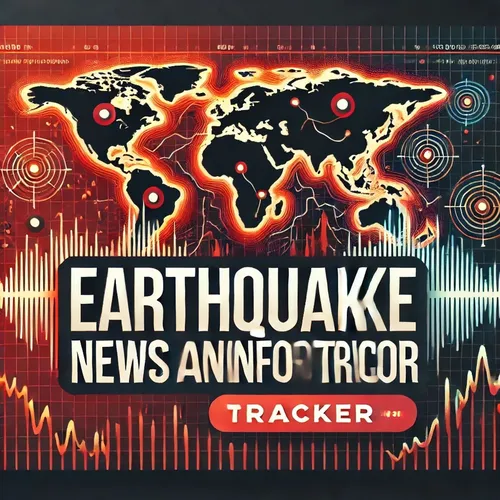Seismic Surge: Yellowstone, Pacific Northwest, and Global Hotspots Experience Heightened Earthquake Activity
- Author
- Quiet. Please
- Published
- Wed 20 Aug 2025
- Episode Link
- https://www.spreaker.com/episode/seismic-surge-yellowstone-pacific-northwest-and-global-hotspots-experience-heightened-earthquake-activity--67459315
In the past week, the United States has experienced a series of notable earthquakes, with a particular focus on activity in the Yellowstone region and the Pacific Northwest. According to coverage from Earthmaster on August nineteenth, activity in Yellowstone National Park saw a magnitude three point seven earthquake around ten in the morning, generating attention due to its occurrence seven miles beneath the surface and its role in triggering a mild earthquake swarm in the area. While aftershock magnitudes reached up to two point six, swarming patterns like this are typical for Yellowstone and have been observed periodically over recent years. Experts emphasize that although these swarms may appear unusual, they generally fall within normal seismic fluctuations for this volcanic region, which remains closely monitored for any signs of escalation.
Elsewhere in the United States, Mount St. Helens also saw heightened seismic activity with several earthquakes reported across the area. Though not all events made it to official reporting channels, the active status near Mount St. Helens indicates ongoing geological adjustment. Sources suggest that while these movements are not uncommon for volcanic zones in the Pacific Northwest, they merit attention for any changes in swarming frequency or intensity.
Globally, major seismic events have occurred outside the United States. On August sixteenth, Japan was struck by a magnitude five point six earthquake, prompting tsunami advisories and widespread concern across the region, as reported by global news outlets and the United States Geological Survey. These events highlight ongoing vulnerability for coastal regions in the Pacific Ring of Fire, where tectonic boundaries frequently generate significant tremors.
Meanwhile, recent data compiled for the month of August indicates Russia’s Kamchatka Peninsula experienced a rare magnitude eight point eight earthquake on July twenty-ninth, which produced numerous aftershocks greater than magnitude five point zero. This was the strongest earthquake reported worldwide this year, according to the United States Geological Survey.
Overall, with over one hundred eighty earthquakes of magnitude four point zero or higher documented globally in the past week by multiple sources, there is an observable trend of persistent seismic activity along known fault zones and volcanic regions. Analysts report that while no catastrophic earthquake has recently struck highly populated areas in the United States, ongoing clusters in key locations such as Yellowstone and Mount St. Helens remain under close observation. Experts stress the importance of preparedness and resilient infrastructure in earthquake-prone regions and note that while current events fall within expected seismic patterns, continuous monitoring is crucial to detect any shifts that may signal increased risk.
Some great Deals https://amzn.to/49SJ3Qs
For more check out http://www.quietplease.ai
